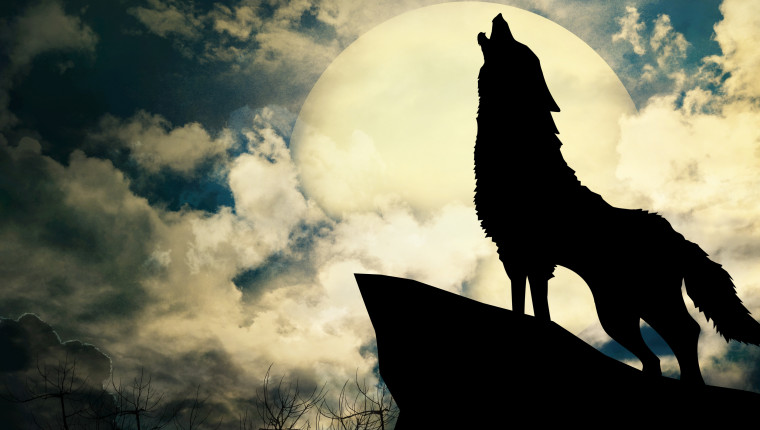Explaining the weird and wonderful names of 2014’s full moons
Posted by staff / January 13, 2014 full moonfull moons

As if a full moon wasn’t poetic enough, 2014 offers up an amazing array of full moons, the names of which can’t help but spark the imagination and maybe a rhyme or two.
Space.com explains the origins of each month’s moon moniker and the dates they’ll occur, names that date back to the days of the Native Americans and shared, for the most part, by tribes spanning from New England to Lake Superior.
Jan. 15, 11:52 p.m. EST: Full Wolf Moon —Amid the zero cold and deep snows of midwinter, the wolf packs howled hungrily outside Indian villages. It was also known as the Old Moon or the Moon after Yule. In some tribes this was the Full Snow Moon; most applied that name to the next moon. Since the moon arrives at apogee — its farthest point from Earth — less than three hours earlier, this will also be the smallest full moon of 2014. In terms of apparent size, it will appear 12.2-percent smaller than the full moon of Aug.10, the biggest full moon of the year.
May 14, 3:16 p.m. EDT: Full Flower Moon —Flowers are now abundant everywhere. It was also known as the Full Corn Planting Moon or the Milk Moon.
Oct. 8, 6:51 a.m. EDT: Full Hunters’ Moon —With the leaves falling and the deer fattened, it’s now time to hunt. Since the fields have been reaped, hunters can ride over the stubble, and can more easily see the fox, as well as other animals, which can be caught for a thanksgiving banquet after the harvest.
Full story at Space.com.
Photo credit: Fotolia
Comments are off for this post.